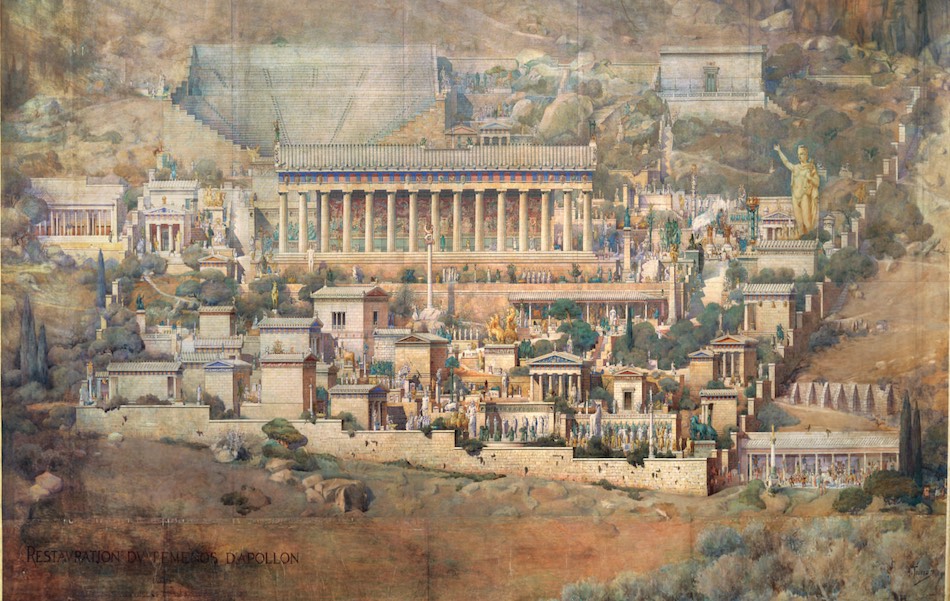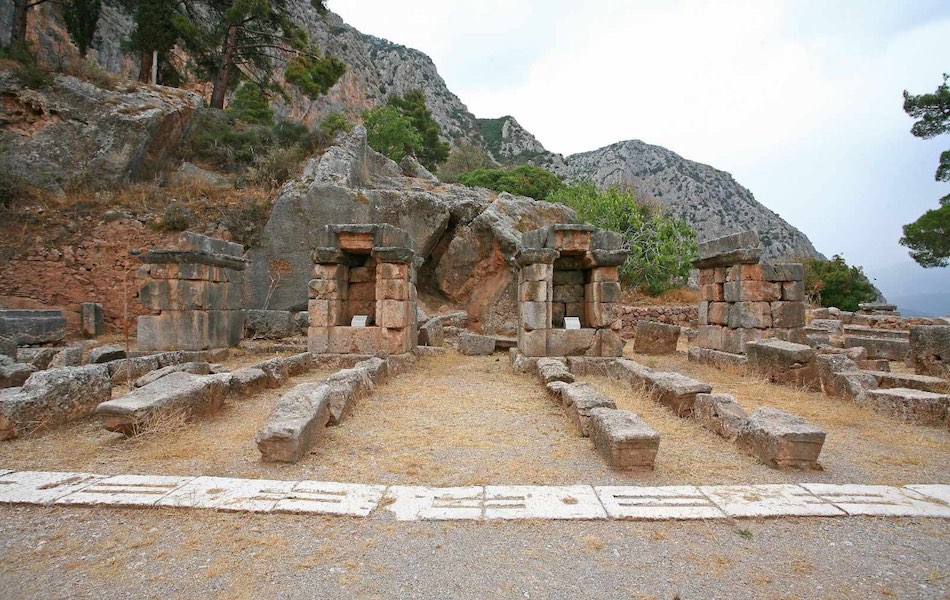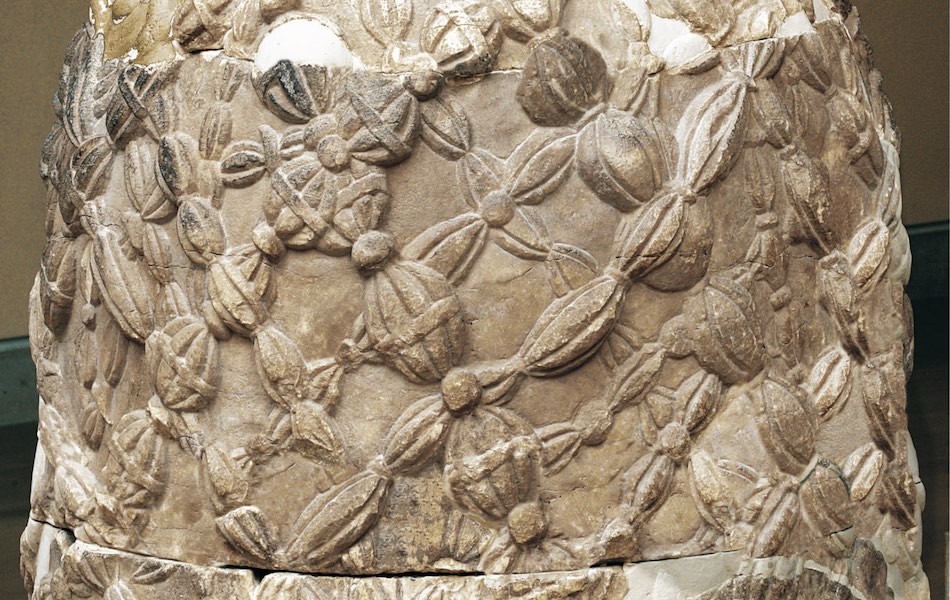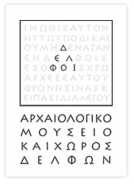This website uses cookies so that we can provide you with the best user experience possible. Cookie information is stored in your browser and performs functions such as recognising you when you return to our website and helping our team to understand which sections of the website you find most interesting and useful.
Desfina
On the peninsula of Desfina there are several important archaeological sites of all periods. On the hill called Kastrouli, particularly at the site Mesokambos, there is a fortified settlement of the Mycenaean period (13th-12th century B.C.). The wall on the upper, visible part is roughly 1.20-1.40 meters wide and is made in the typical Mycenaean Cyclopean-wall system. On the plateau surrounded by the wall there are traces of foundations as well as three looted tombs, covered with large slabs of schist. After having been abandoned for a long period of time, the settlement was probably inhabited again in the archaic and classical period (6th-5th century B.C.). An identification of the settlement with the ancient town Echedameia has already been proposed.
Dating from the Late Mycenaean period is the small settlement at “Sykia” (12th-11th century B.C.). It is fortified with a wall built of small and medium-sized stones, whereas the dwellings are formed by making use of the natural cavities of the rock on which strong walls are attached. At a very small distance from the settlement was investigated a chamber tomb with dromos (corridor), the entrance of which was blocked with a stone wall without binding material. Inside the tomb were discovered several burials as well as a number of pottery vessels indicating that the tomb was used also during the 9th century B.C.
At the site “Prosakos” has been located an extensive seaside settlement of the Roman period (1st-5th century A.D.). Inside the built area of Desfina, as well as on the surrounding promontories there are cavities with funerary use (such as those in Ai-Yiannis Kalyvitis, Profitis Ilias of Almyros, and Hagios Andreas of Voidomoni). In the NE end of the city there is the small Byzantine church of the Archangels Michael and Gabriel (Taxiarches), a single-nave domed basilica church. This simple sanctuary is decorated with wall-paintings of exceptionally high-quality art: in the dome it bears scenes from the Gospels, along the central axis a broad decorative band and on the walls a narrow band with busts of martyrs followed by a row of full-length saints. The dedicatory inscription mentions the names of the donors who paid for the restoration and the decoration of the church with wall-paintings in the time of Andronicus III Palaeologus, in 1332.
At a distance of about 2 klms from Desfina is situated the Monastery of St. John the Baptist, an annex of the Monastery of Profitis Ilias of Parnassos. Its foundation dates to the Palaeologian period, but it was built at another location, whereas the present-day building was erected in 1875. Important persons of the Greek War for Independence of 1821 were somehow related to the monastery: Isaiah, bishop of Salona, who contributed greatly to the preparation of the revolt, took his vows as a monk here; it was him who blessed the weapons of the warriors under captain Panourgias (March 24th) and who put under oath the revolutionaries in the Monastery of Hosios Loukas (27th March). In the monastery took also refuge, at a young age, Ioannis Makrygiannis, who then dedicated a silver candelabre.
MUSEUM OF DELPHI









